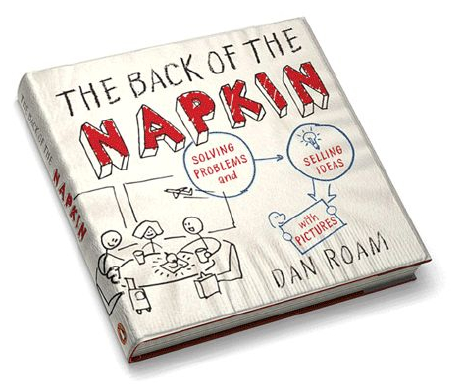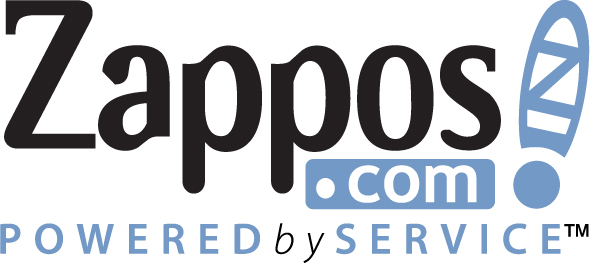What did I learn from this activity? Mostly that IDEO is a heck of a company. You can get lost on their website, it is full of great resources.
With regard to the exercise, it is really interesting to see how momentum really plays a key part in idea generation and brainstorming. Early on Moura touched on how it is important to keep the energy in the room up during sessions like these. Our team hit a couple road bumps, and some of us were not really familiar with each other, but it was important to keep pushing so we could turn off the critical voice in order to generate some good ideas. I found the same thing working on a project in a different team: at first everyone was a little quiet with the ideas, but once we forced the first two ideas they came flowing and we filled a page in no time.
One problem I had with the exercise: when you receive points based on your ability to “judge” ideas, you are basically getting points for being the most like all of the other teams. Perhaps this is the only way to award points given the dynamic of this game, but really the goal should not be to think like everyone else. This does not make a good judge. Often the most innovative, and perhaps the best, ideas are not going to appeal to everyone initially.
If the idea does appeal to everyone initially? Perhaps its not innovative enough.




